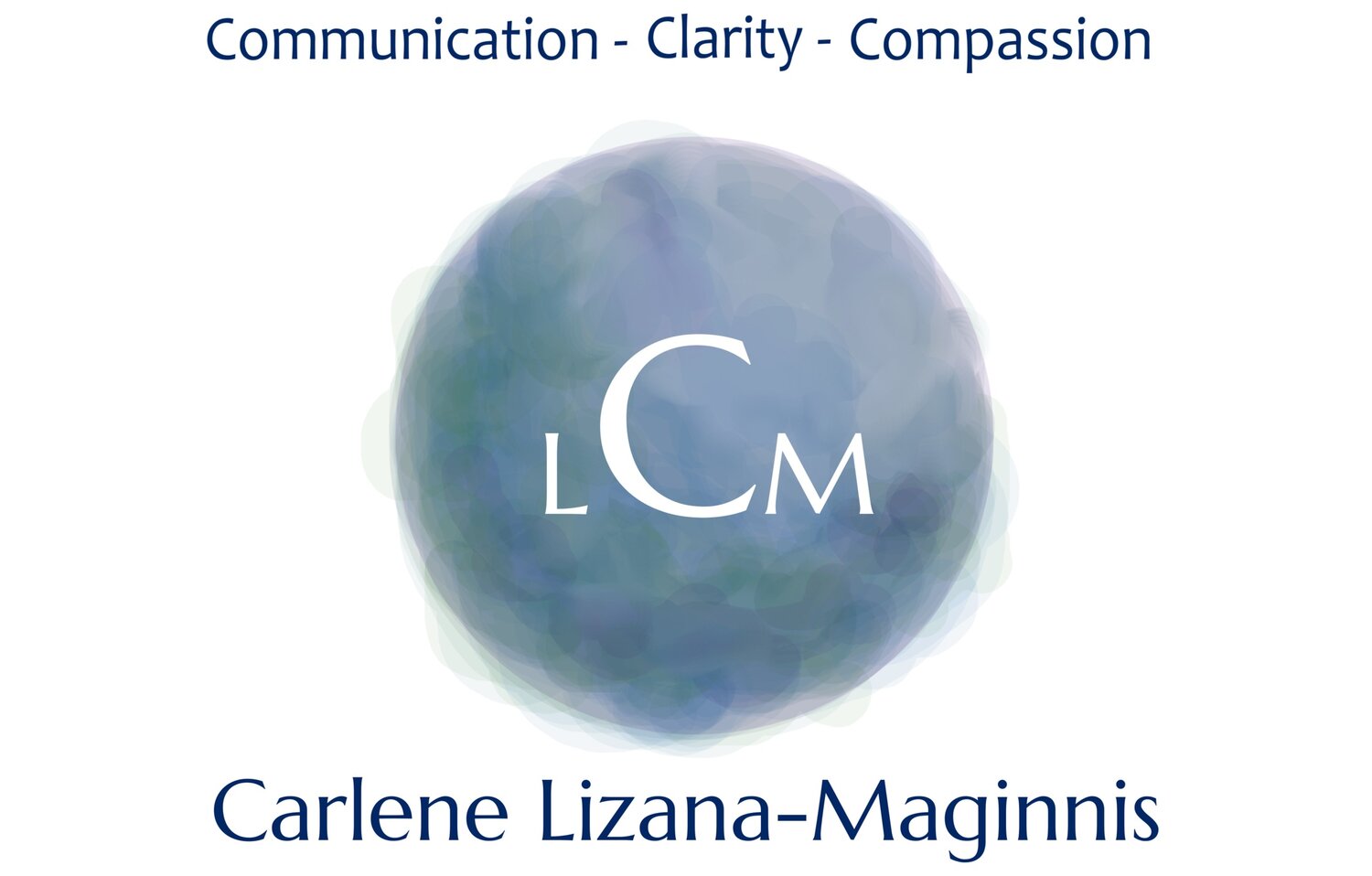First, a correction!
It’s important to me to acknowledge those I reference in my newsletters. In the past two months, I’ve written that NVC is really an awareness process disguised as a communication process. After reading my last newsletter, my friend and teacher Miki Kashtan asked if I would in this issue attribute this description to its author, which I am happy to do!
Kit Miller, Director of the Gandhi Institute in Rochester, New York and Past Board President for the Center for Nonviolent Communication, was the originator of this wisdom when she said: “NVC is an awareness discipline masquerading as a communication process.”
I could not agree more. If you read my December post, you’ll remember the emphasis I placed on the practice of NVC, which certainly aligns with Kit’s description of NVC as a discipline. Thank you, Miki, for the opportunity to acknowledge Kit and the important bodies of innovative work the Gandhi Institute supports!
Serendipitously perhaps, this week I have had the great pleasure of being in Kit’s presence as she leads The BayNVC Leadership Program as a guest facilitator. I am deeply grateful to sisters Inbal Kashtan and Miki Kashtan, who developed the BayNVC Leadership Program for those of us who want to provide training in nonviolent communication and leadership skills through teaching NVC in their communities. With over 50 people representing 5 continents being trained, mentored, and apprenticed this week, the work of nonviolence is being furthered in the world through their vision.
On that subject, I’d like to share with you a meaningful experience I’ve had this week at the conference: participating in a Truth Mandala. The ritual exercise known as the Truth Mandala provides a tender, truthful practice whereby grief is experienced and witnessed in the presence of a loving group (of note, the Truth Mandala is just one way to carry out grief work; there are many other techniques outlined in the book The Work That Reconnects).
To quote Joanna Macy and Molly Young Brown’s explanation of the Truth Mandala from their book, Coming Back to Life:
“This ritual exercise provides a simple, respectful, whole group structure for owning and honoring our pain for the world, and for recognizing its authority and the solidarity it can bring. The practice emerged in 1992 amidst a large, tension-filled workshop in Frankfurt, on the day of the reunification between East and West Germany; since then it has spread to many lands. To many participants, it has been the most significant experience in a workshop, if not in their lives.”
Joanna and Molly describe the working of the Truth Mandala this way:
“People sit in a circle. They sit as closely-packed as possible for they are, as we often put it, creating a containment vessel—or an alchemical vessel—for holding and calling the truth. The circle they enclose is divided into four quadrants (visible demarcations are not needed), and in each quadrant is placed a symbolic object; a stone, dead leaves, a thick stick, and an empty bowl.”
One of the most meaningful parts of the ritual for me was hearing what each symbol represents.
· The stone is fear, symbolizing how our hearts feel when we’re afraid: tight, contracted, and hard. While in this quadrant a person speaks about their fear.
· The dry/dead leaves represent our sorrow, our grief. In this quadrant, one expresses the deep sadness for what we see happening in our world and our lives.
· The stick is our anger: “For there is anger and outrage in us that needs to be spoken for clarity of mind and purpose.”
· In the 4th quadrant, there stands an empty bowl representing our longings. It stands for our emptiness and what is missing.
Standing inside the mandala itself (for us, a large quilt) represents standing on the ground of hope. As I watched person after person enter the mandala, I was struck with incredible humility witnessing the vulnerable and courageous wailing of the human spirit. Some came softly, others cautiously, and a few angrily, yet all came with deep sorrow for the world, their lives, their loved ones, the loss of dreams, the suffering in the world, and the loss of land and power—all speaking their Truth. Through this ritual, my heart was broken open by the grief it has been holding and the love that allows that grief to flow.
NVC founder Marshall Rosenberg once observed that, for the work of NVC to be effective, grief must be experienced rather than bypassed; he called this experience of grief mourning. For an illustration of this idea, I give the example of practitioners in the helping professions: the high burnout rate affecting those who work in behalf of the well being of others reveals the necessity and importance of grief work.
My experience in these many years of learning, practicing, and sharing NVC has confirmed Marshall’s observation that mourning is often bypassed rather than embraced. Yet, in the practice of mourning, we create the space in our lives to connect to unfilled needs—individually and/or universally, both are given attention.
The value of mourning life is often ignored, I believe, because we’re afraid of the pain. Have we been convinced that mourning is neither productive, nor adds value to our well being? Have we been taught that spending time to mourn is a slippery slope that takes us away from our intended purpose and/or work in life?
In the words of Joanna Macy, author of The Work That Reconnects, “When we are not afraid of these painful feelings, then nothing can stop us.”
After re-connecting with the sorrow, fear, anger, and longings that live inside me this week, I feel a peace deep within; it is a peace in which the pain of loss is recognized and valued. In the bitter sweetness of this pain, I feel resourced and wonderfully, tenderly alive.
Leaning In!
carlene

